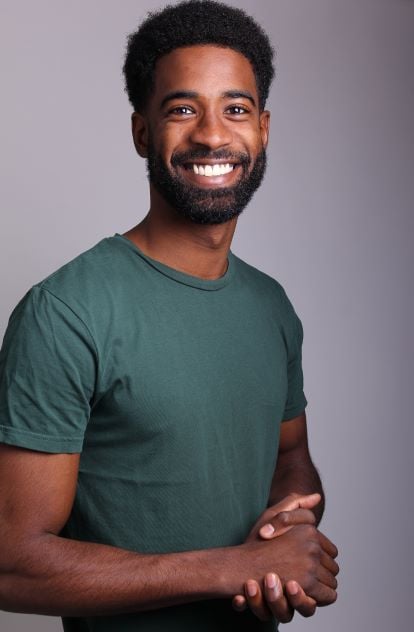The Lucina Scale is a straightforward way for families and donors to indicate their preference for...
.png?height=200&name=lucina_scale%20(1).png)
Here are some of the reasons why Lucina donors have a better experience.
In many countries, the donors are not granted any rights. Gamete banks do not facilitate recipient selection.
Get a say in how many children you help create. Banks don't allow donors to choose how many families are formed with their genetics.
Gamete banks reveal donor identity after children turn 18, and for anonymous donors, never. Many donors are left wondering how their biological offspring are doing. Decide what kind of contact and updates you would like — and how often.
Gamete banks often screen based on socio-economic status (Ivy league degrees, achievements, awards) or physical traits (height, eye color). Gay and bisexual men are banned from donating by FDA regulations.

Donors may worry about legal or financial risks and responsibilities. States such as California have created legal processes to protect both donors and recipients.
The path to become a donor has never been more rewarding.
Create your profile in 5 minutes. Follow a defined series of steps: STI testing, semen analysis, carrier screening, and known donor agreement.
Lucina supports 3 tiers of privacy: public, limited, private. You have full control of who can see your profile.
Our platform serves as a liaison between donors and recipients. Donors can receive updates as children grow. Recipients might want to contact the donors with medical questions.